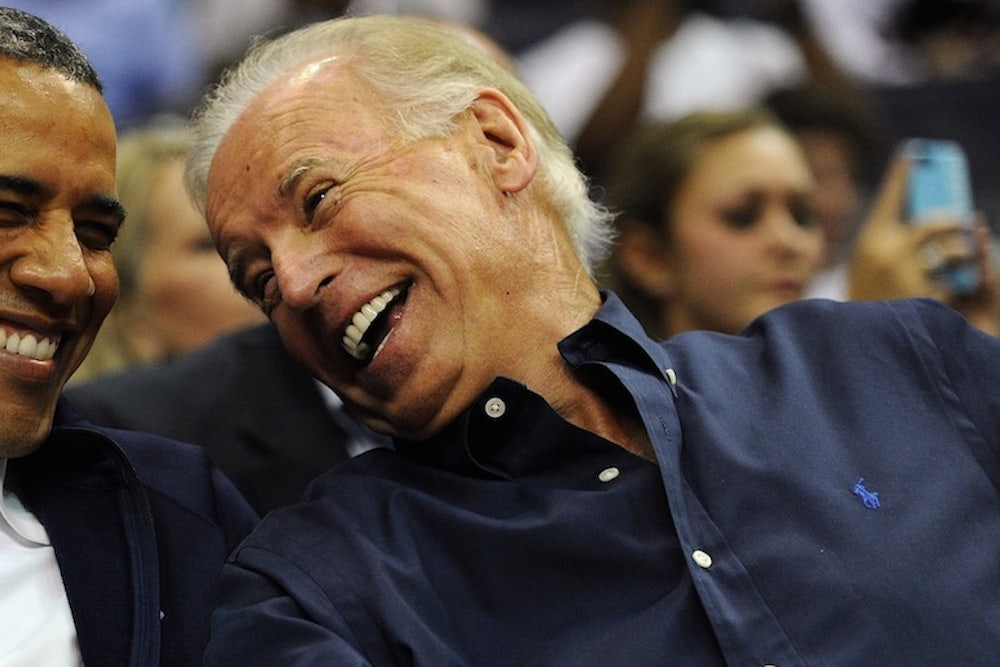Now that President Barack Obama has instituted a new deferred action policy that will protect millions of immigrants from deportation, you might be worried about the health of the Constitution. Not in a hackneyed, metaphorical sense, where someone exceeds his constitutional authority and swift repercussions await, but the literal health of the Constitution—the document itself.
"We can't just stand idly by and try to find some political opportunity while the president basically shreds the Constitution and flushes it down the toilet," Rush Limbaugh demanded.
Last week, Senator David Vitter—a bona fide Rhodes Scholar—called the steps Obama announced Thursday night “a shredding of the Constitution.”
Obama has torn Article I from our Constitution and claimed it for himself. It shall not be so. Mark my word. Defund!! pic.twitter.com/GGyIktv4P1
— Steve King (@SteveKingIA) November 21, 2014Many others have claimed likewise. The Constitution is in tatters, apparently. This alarmed me. Though I moved to Washington almost 10 years ago, and never once set foot in the National Archives Museum, where the Constitution is housed beneath vandal-proof glass, I nevertheless have always felt strongly that shredding the Constitution is something you shouldn't do, especially if you're the president of the United States.
Fortunately, The New Republic's D.C. headquarters sit just two blocks north of the Archives. (Disclosure: Our office also shares a building with a tourist hot spot celebrating espionage agencies that run afoul of the Constitution on a regular basis.) So on Friday, armed with a press badge, I set off to confirm the Constitution’s fate.
A security guard awaited me near the visitor’s entrance on Constitution Avenue, and I got right to the point.
“The Constitution's on this level?” I asked.
“It's one floor up,” he told me.
“And that's the original Constitution?”
“The one and only!”
“That's good to hear. I keep reading that President Obama shredded it last night.”
He chuckled.
“I guess that's not true?” I asked.
“Not quite.”
He seemed pretty confident, but I needed to see for myself, because journalism. I followed signs up a flight of stairs to the entrance of the Rotunda for the Charters of Freedom, where the Constitution is displayed along with the Declaration of Independence and Bill of Rights.
That’s where I encountered a cover-up, already in progress.

Inside the gallery, the Constitution looked for all the world like the genuine article. Grand, timeworn, impeccably calligraphed. But on either side of it stood a guard, enforcing the “no photography” rule. When I presented my press badge to the guard standing nearest the Preamble and told him I’d been dispatched to provide photographic evidence that the Constitution was still intact, he directed me to the media relations office on the other side of the building.
The security team there was suspiciously suspicious, as if I were the first reporter who'd ever asked about meeting with communications staff to obtain a photo of the Constitution. Instead of admitting me to the building, they called back to Archives staff to check out my story, and sat me on a bench along the wall of the entryway. A few minutes later, a public affairs specialist named Laura Diachenko approached me with bad news. The press is, of course, allowed to photograph the Constitution. But only by appointment, and generally before the museum opens (presumably to avoid creating tension with tourists, who must follow the no-photography rule).
I returned to my office, thwarted, and emailed Diachenko to request her most recent photos of the Constitution. She provided these…


…which do indeed resemble the documents I saw in the Rotunda. But I can not confirm their origins (other than that they were taken by Carol M. Highsmith after the Rotunda was renovated in 2003), nor do I have any way to confirm that the images don't depict some ersatz Constitution, replacing the one President Obama tore to pieces on Thursday night.
This mystery remains unsolved.
